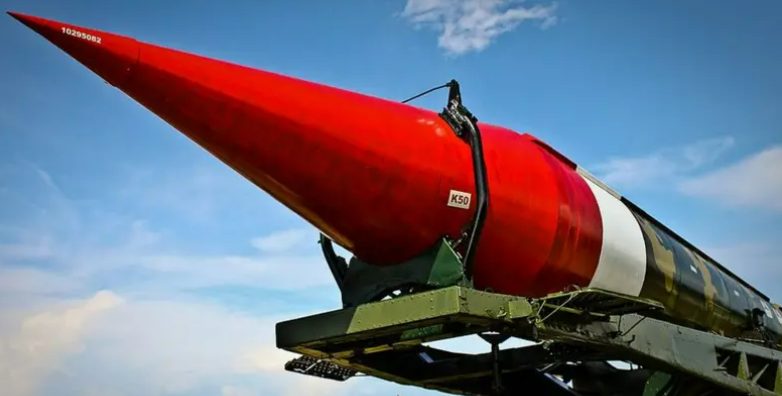“The first enterprise was the Experimental Design Bureau (OKB-586) formed at the plant in Dnepropetrovsk in Ukraine by an order of the Council of Ministers dated April 10, 1954. Its mandate was to create a new generation of military ballistic missiles. Ustinov offered the chief designer’s job of the organization to Yangel, who accepted without any hesitation. The ambitious engineer had been interested for a while in heading his own design bureau and, like Korolev, had been unhappy with the situation at NII-88. Yangel was officially named to head OKB-586 on July 9 and brought with him to Dnepropetrovsk a number of able engineers from NII-88. With Budnik as his new first deputy, Yangel immediately dove into work on the R-12 missile, considered by the Soviet leadership to be a successor rocket to Korolev’s R-5. Originally, Yangel ‘s new missile would have used an engine designed by Sevruk, who had started this research in the first place, but ended up collaborating with a much more powerful individual, Chief Designer Glushko. Although Glushko had been uninterested at first in the R-12, once the program gathered steam, he had Sevruk’s work on the engine transferred to his own design bureau. Thus, along with the two engines for the ICBM, in 1952, he began work on a third engine, the RD-211, for the R-12. In contrast to the other two engines, the RD-211 would have a multi-chamber design with four identical combustion chambers fed by one turbopump. The total thrust was about sixty-five tons. The RD-211 would be Glushko’s very first high-thrust liquid-propellant rocket engine using storable propellants, establishing a tradition in his design bureau that would have dramatic repercussions within ten years… (A. Siddiqi, ‘Challenge to Apollo‘).
B. Chertok, ‘Rockets and People‘: “Development of the R-12 was officially approved in August 1955, about 14 months after Yangel’s official appointment as chief designer of OKB-586.
In Kapustin Yar in 1958, Yangel conducted flight tests of his “high-boiling” R-12 missile, a competitor of our R-5M missile. The range of the R-12 missile was 2,500 kilometers. In contrast to the R-5M missile, its separating nose cone carried not a “simple” atomic warhead with an 80-kiloton yield, but one with a one-megaton TNT equivalent thermonuclear warhead…
Its indisputable advantage over our R-5M was its greater range and the fact that its operators didn’t have to face the constant hassles of having to replace losses from evaporating liquid oxygen. Yangel had already started a modification of the R-12 for combat duty in a silo version. In this case, the missiles were maintained in launch readiness for long periods of time. At the firing range in Kapustin Yar, they were successfully testing the medium-range R-14 missile, now with a range up to 4,500 kilometers. It was also equipped with a nuclear warhead and had a completely automatic control system.
…over the years, 2,300 R-12 missiles were produced. The missile was in service for more than 30 years—from March 1959 through June 1989. Yangel’s high-boiling component R-12 missile squeezed out Korolev’s liquid-oxygen R-5M missile as a serious contender.
Mikhail Yangel, the chief designer of the missiles, was of Ukrainian descent, and not Russian as Wikipedia states. He was born in Siberia because his Ukrainian grandfather who had lived in the Chernigiv region of Ukraine was sent there by the Russians. The ‘Yangel’ last name most likely derives from Ukrainian word ‘yangol‘, ‘angel’ in English.
Valentin Glushko, the engine designer, was a Ukrainian born in Ukraine.
